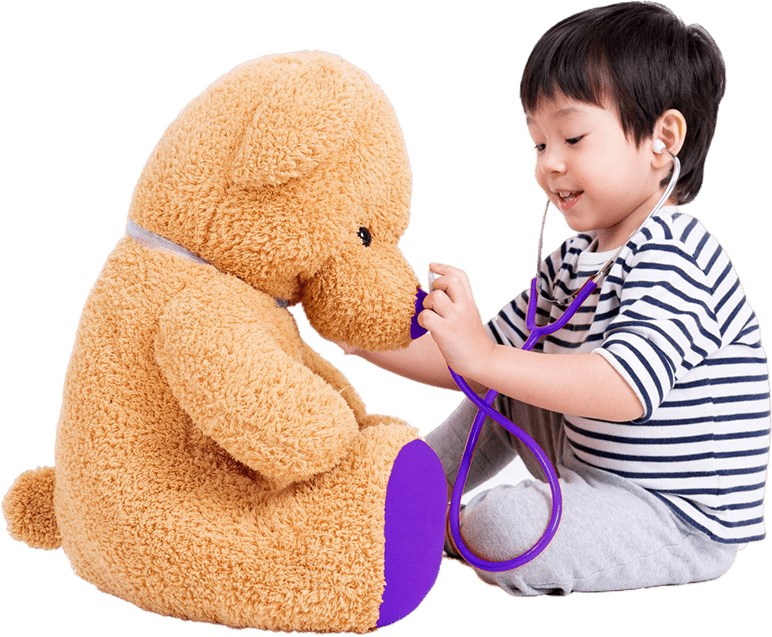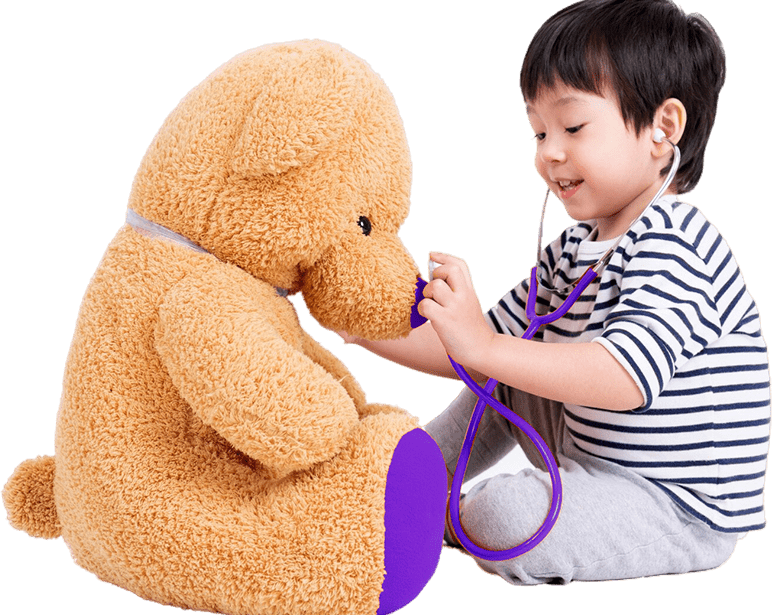Autism Spectrum Disorder (ASD) is a neurodevelopmental disorder that varies significantly from person to person. But it’s a spectrum, so people have different symptoms and different support needs. Because of the complexity and diversity of ASD, the quest for the best treatment plan is a highly individual process, as what works for one person may not work for another. There are many successful therapies, interventions, and approaches that help people on the spectrum lead fulfilling lives.
What is Autism Spectrum Disorder (ASD)?
Autism Spectrum Disorder (ASD) is a neurodevelopmental disorder characterized by impaired social communication and restricted and repetitive behaviors or interests. Symptoms usually email early in childhood and while some People with autism make progress through typical development, others may species To have challenges with language development, sensory sensitivities or tasks independent of their daily lives.
It is called a spectrum because symptom severity varies widely. Some are non-verbal and others develop strong communication skills and are able to function well in society. Everyone with autism is different, meaning treatment and therapies must be adapted to the individual’s specific requirements.
Role of Early Diagnosis and Treatment
For the early diagnosis of ASD, it is vitally important. The sooner a child can be diagnosed, the sooner they can start treatment, which can have a major impact on their development. Studies have found that early intervention programs can lead to better social, communication, and cognitive skills in young children with ASD. In fact, symptoms can be drastically abated with early intervention and in some cases children build up their skillsets to where they can live independently.
Autism is a complex neurodevelopmental disorder that usually requires a multifaceted approach for diagnosis, involving various professionals such as pediatricians, clinicians, academic specialists, psychologists, speech therapists, and others. Once a diagnosis has been made, a treatment plan can be customized to help the child address their specific challenges.
Therapy: ABA (Applied Behavior Analysis)
Speech and Language Therapy
Occupational Therapy (OT)
Social Skills Training
Medications: Treating Signs of ASD
Many people with autism have unique strengths, such as strong memory skills, attention to detail, or exceptional talents in areas like math, music, or art. Increased awareness and education about autism have led to greater acceptance and inclusion in society. Understanding that autism is a spectrum helps in recognizing the diversity of experiences and abilities within the autism community. Understanding and accepting their unique perspectives and strengths is key to fostering an inclusive environment. Homeopathy provide Best asd treatment.
Causes of Autism and How to Support Autism and get best ASD Treatment
- Genetics: Autism has a strong genetic component, with certain genes associated with the disorder.
- Environmental Factors: Prenatal factors like exposure to certain chemicals, medications, or infections during pregnancy may increase the risk.
- Brain Development: Abnormalities in brain structure and function have been observed in individuals with autism, though the exact mechanisms are not fully understood.
- Early Intervention: Starting therapies early can significantly improve outcomes. Interventions often focus on developing communication, social, and cognitive skills.
- Emotional Stress- Stress and anxiety can weaken the immune system and exacerbate eczema symptoms. Many individuals experience worsening of their condition during periods of high emotional stress
Simple step for appointment
Make Appointment
Select Ailments
Get Consultation





